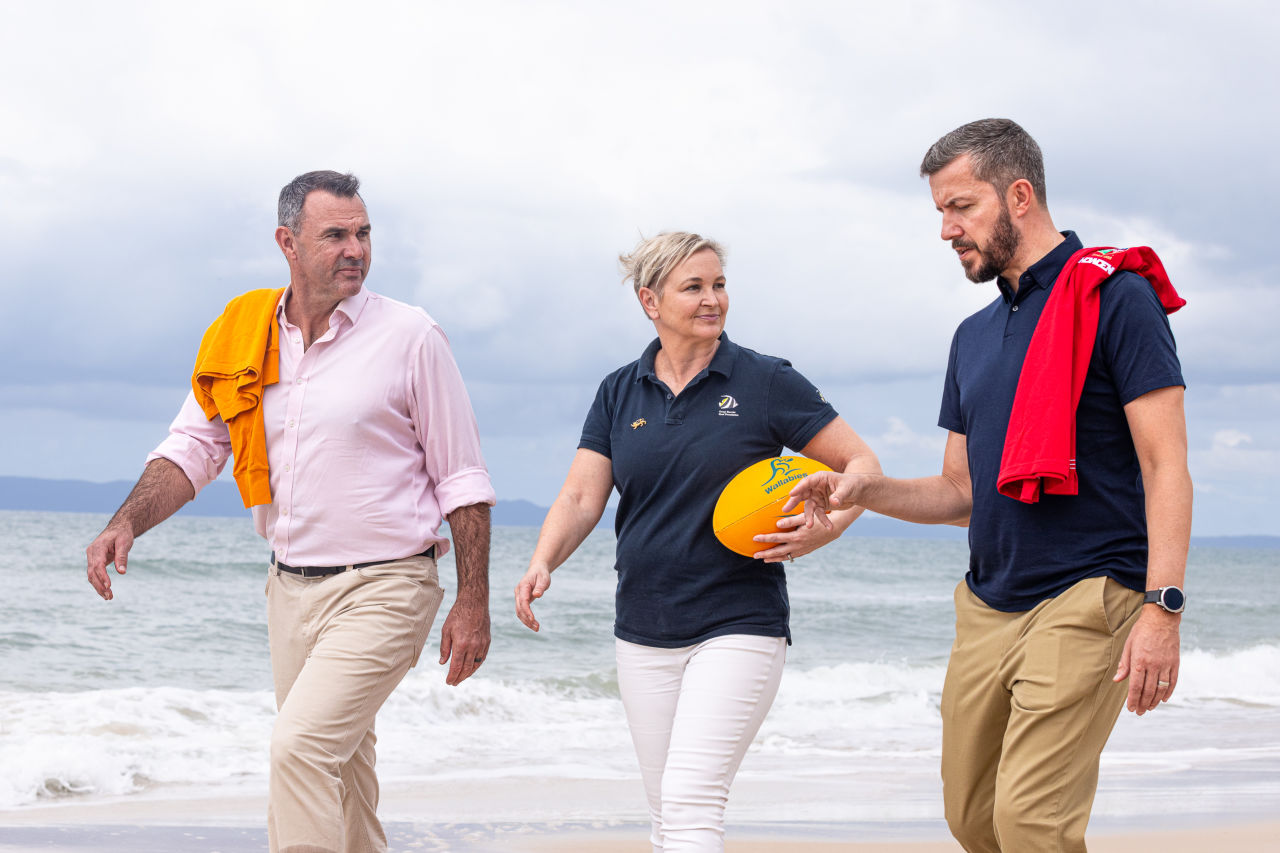More lives could be saved in intensive care units around the world if new antibiotic guidelines designed by The University of Queensland are adopted.
Researchers have launched universal Therapeutic Drug Monitoring (TDM) guidelines to optimise the concentrations of antibiotic and antifungal medications given to severely ill patients in hospital.
UQ Centre for Clinical Research said the guidelines could speed up recovery times or even save a critically ill patient from dying.
“There’s significant variation around the world on how to treat serious infections, and sometimes it’s a bit of a guessing game,” Professor Roberts said.
“All patients in ICU are currently treated with similar antibiotics and doses, but the lack of personalisation can make a patient sicker and may even cause death.
“Overuse or underuse of antibiotics can enable resistance of bacteria in the patient which limits the drug’s effectiveness.”
UQ CCR Pharmacist worked with a team of experts to analyse data from 400 ICU patients and found one-third experienced adverse outcomes because their antibiotic therapy wasn’t optimised to their needs.
“We found a patient’s response to the antibiotic improved significantly if the dosage was monitored and altered accordingly,” Dr Abdul-Aziz said.
The innovative guidelines were developed by 16 antibiotic experts from 11 different countries and recommended the use of advanced software to predict accurate drug dosages and generate personalised treatment regimens.
Dr Abdul-Aziz said more than 160,000 Australians required specialised care in ICU and 13 per cent of these patients died each year.
ICU patients requiring antibiotics commonly suffer vital organ failure from sepsis, pneumonia or infections from burns.
Dr Abdul-Aziz said monitoring equipment and training needed to be rolled-out before routine TDM can be adopted as the worldwide standard-of-care.
The study is part of the NHMRC-funded (REDUCE).
This research is published in the journal, . (DOI: 10.1007/s00134-020-06050-1).





